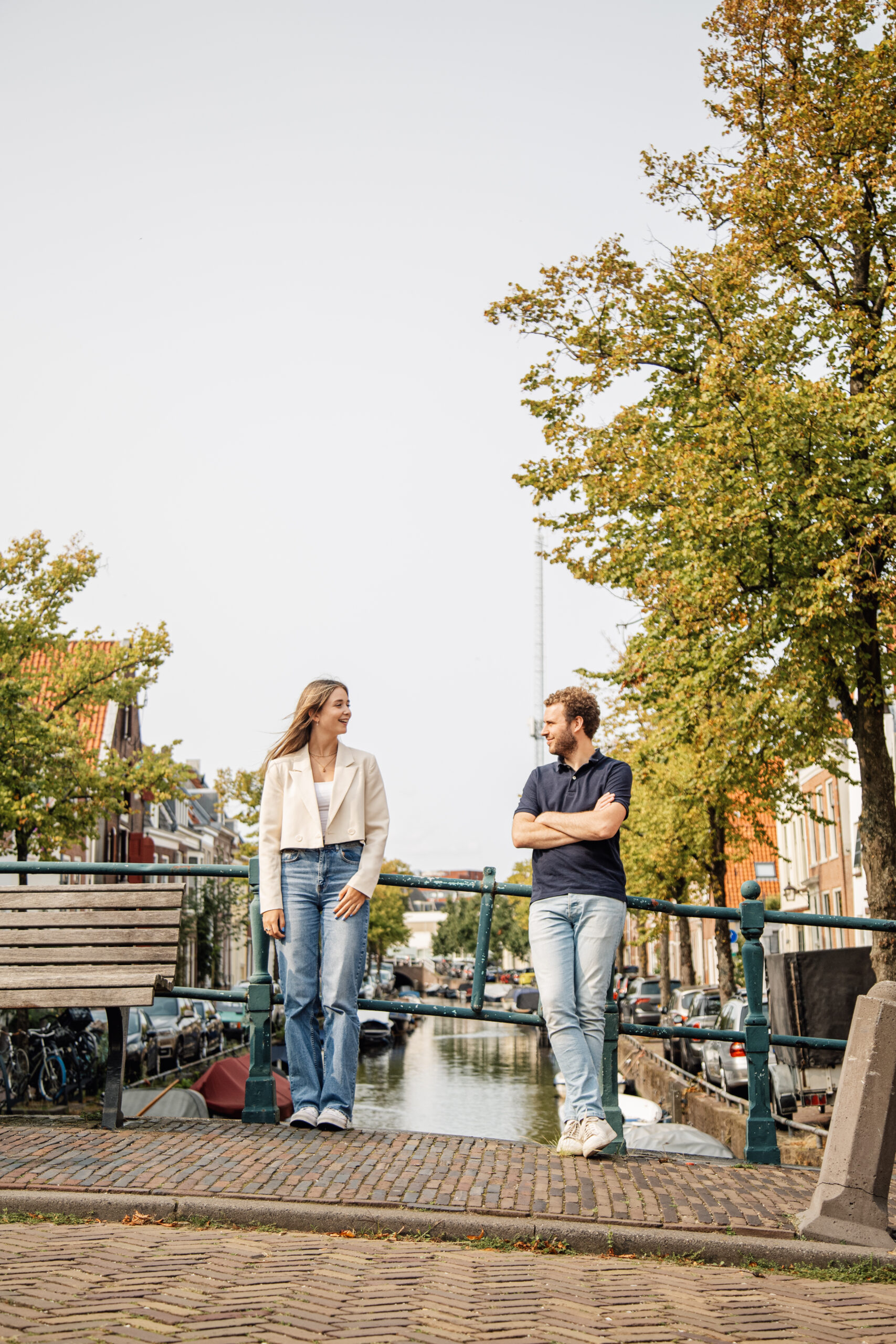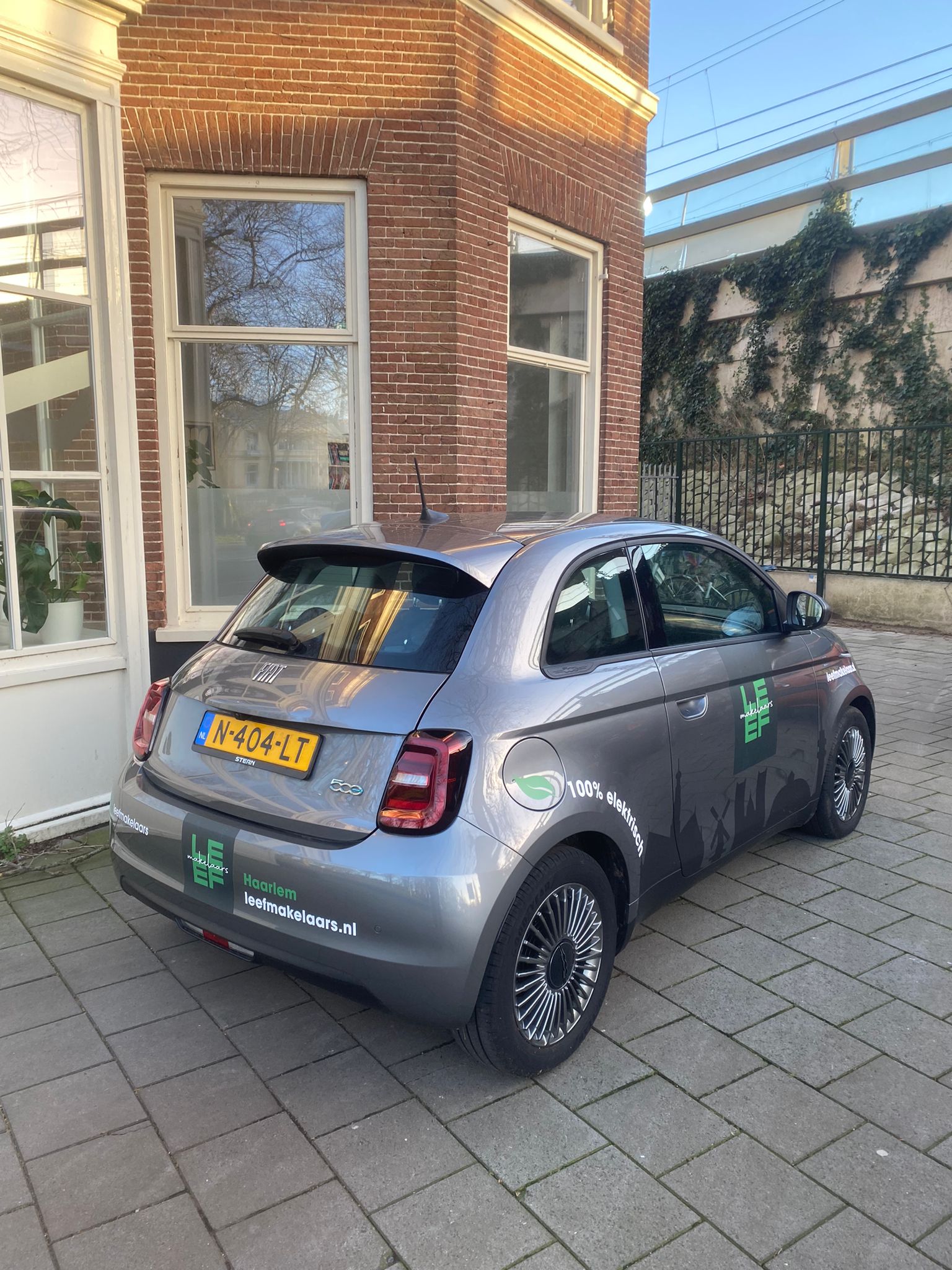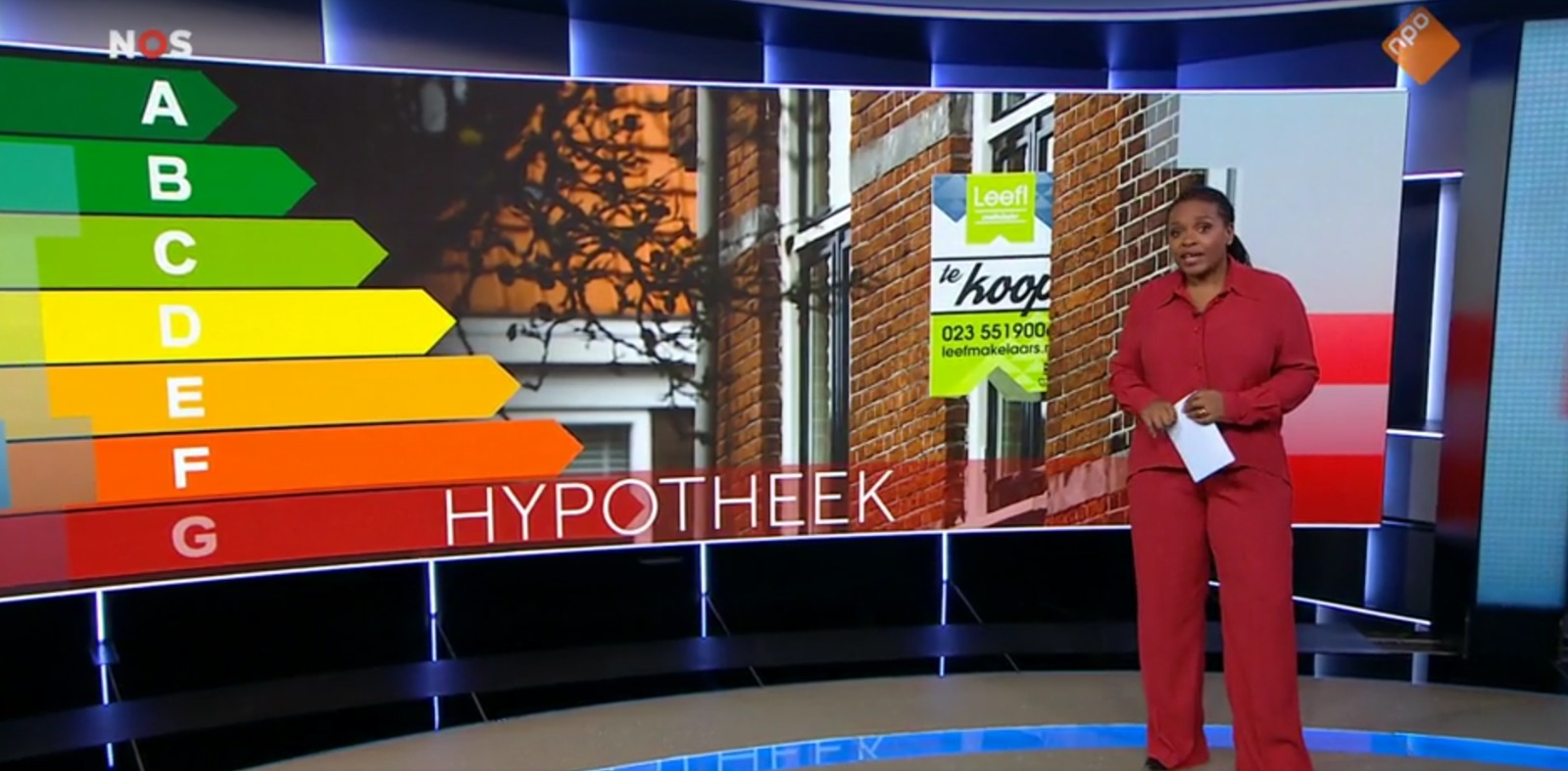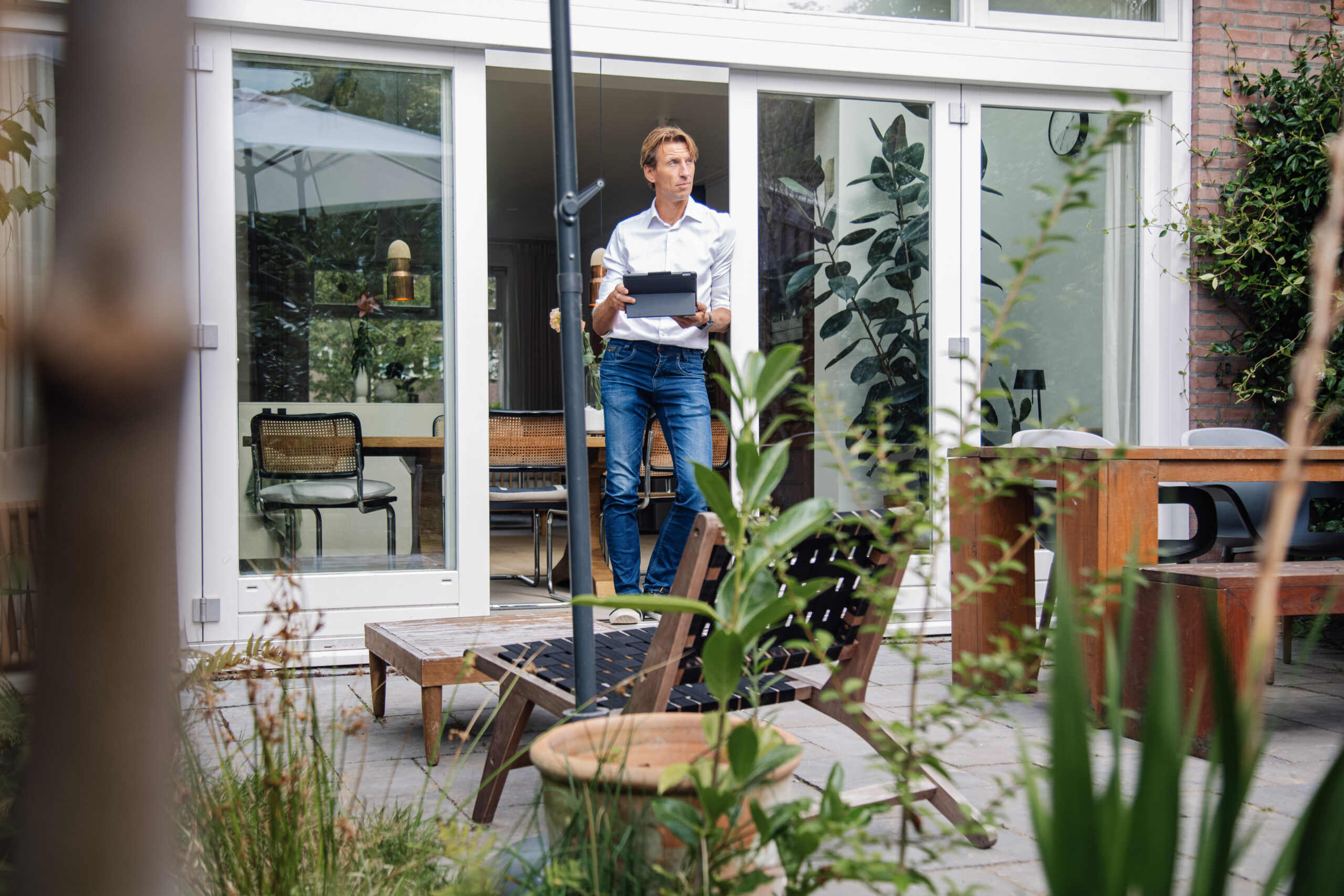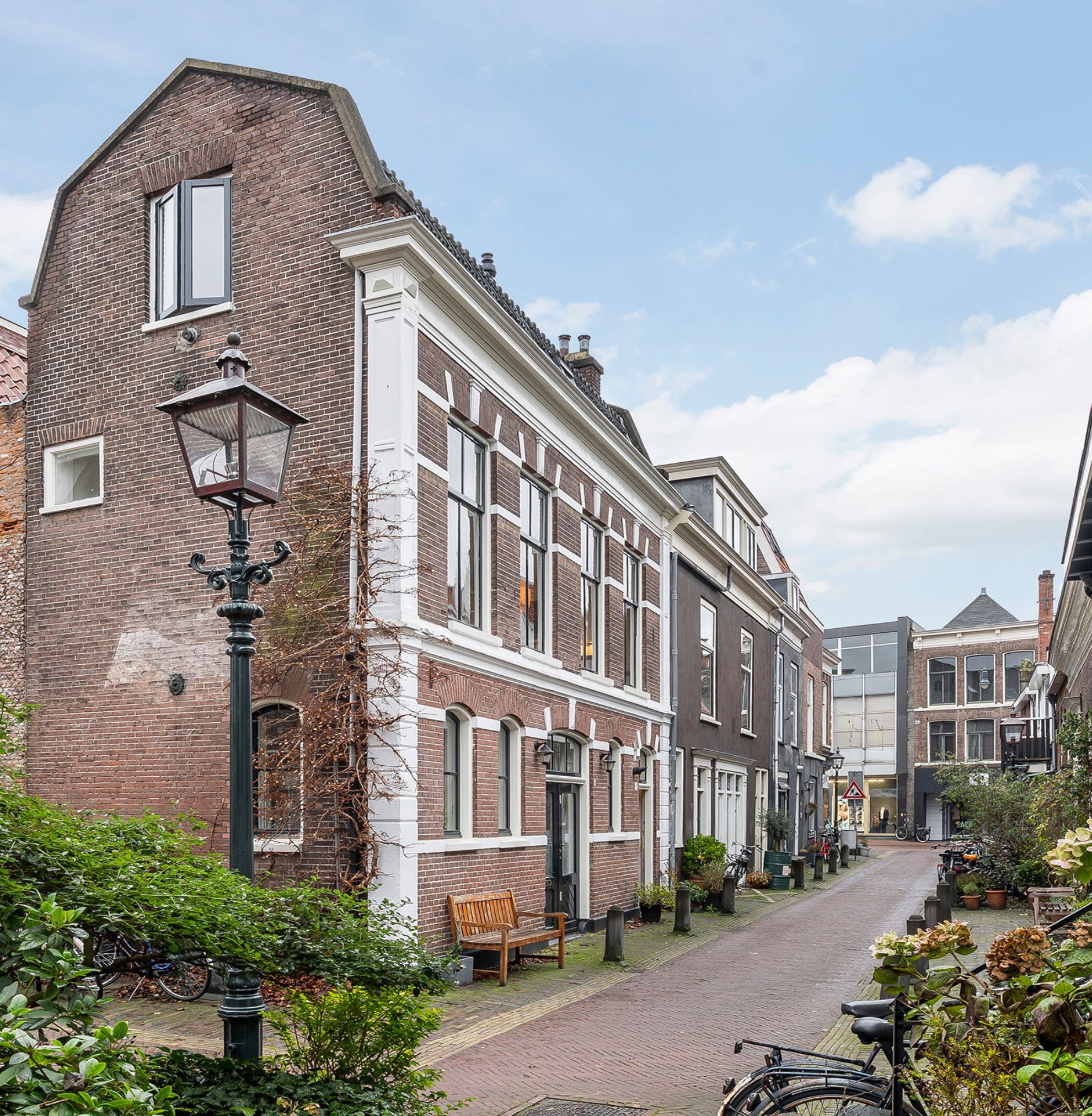
FIRST OF ALL, INSULATION
Insulating a 1930s home is a crucial first step in making the house more sustainable. Good insulation helps reduce heat loss and improve energy efficiency. There are various ways to insulate:
- Extra insulated glazing: HR++ glazing is much more efficient than regular double glazing. Especially when replacing windows or frames, HR++ glazing is recommended.
- Roof insulation: The roof is an important area to insulate, as heat often escapes through it. Insulation above the ceiling or under the roof covering can significantly reduce energy consumption.
- Floor insulation or Crawl space insulation: Insulating the floor or the crawl space helps keep the cold out and make the floor warmer, providing a more comfortable living environment.
- Facade insulation: Facade insulation can be applied in the cavity or through external insulation. It helps keep the heat inside and reduces thermal bridges, which can lead to better insulation.
ENERGY-EFFICIENT HEATING SYSTEMS
After insulation, it’s time to consider efficient heating systems. 1930s homes often have older heating systems that consume a lot of energy. Here are some options to improve heating:
- Low-temperature heating: Low-temperature heating systems, such as underfloor heating or wall heating, are more efficient than traditional radiators. They provide even heat distribution and can lower energy costs.
- Heat pumps: A heat pump is a sustainable option for heating your 1930s home. It extracts heat from the environment and can be used for both heating and cooling. This can result in significant savings.
- Solar energy: Consider using solar panels to generate sustainable electricity. This electricity can be used to power your heating system and other appliances, reducing your energy bill.
- Smart thermostats: Install a smart thermostat to control your heating system optimally. This allows you to control the temperature in your home remotely and manage energy consumption.
EFFICIENT VENTILATION AND INSULATING GLAZING
In addition to insulation and heating systems, efficient ventilation is important for a healthy and sustainable indoor climate. Ensure proper ventilation to prevent moisture problems and improve air quality. Additionally, replacing single glazing with insulating glazing is a wise step as it helps retain heat and reduce noise pollution.
FINANCIAL INCENTIVES AND SUBSIDIES
Improving the sustainability of a 1930s home may require an investment, but it can also lead to long-term savings. Moreover, there are often financial incentives and subsidies available for energy-saving measures. It’s worth exploring the options to lower costs and make your sustainable investments more attractive.
As specialized real estate agents in 1930s homes, we understand the importance of sustainability and energy efficiency in these beautiful houses. We can guide you in finding a 1930s home that has already been retrofitted or advise you on the steps you can take to improve your current home. Feel free to contact us for more information and to discuss how we can assist you in making your 1930s home more sustainable. Together, we can work towards a more sustainable future for you and your home.
